THE BEST ULTIMATE GUIDE TO ALUMINUM FOIL ROLLS FOR FOOD
Opening: Beyond a Simple Wrap – The Indispensable Role of the Aluminum Foil Roll
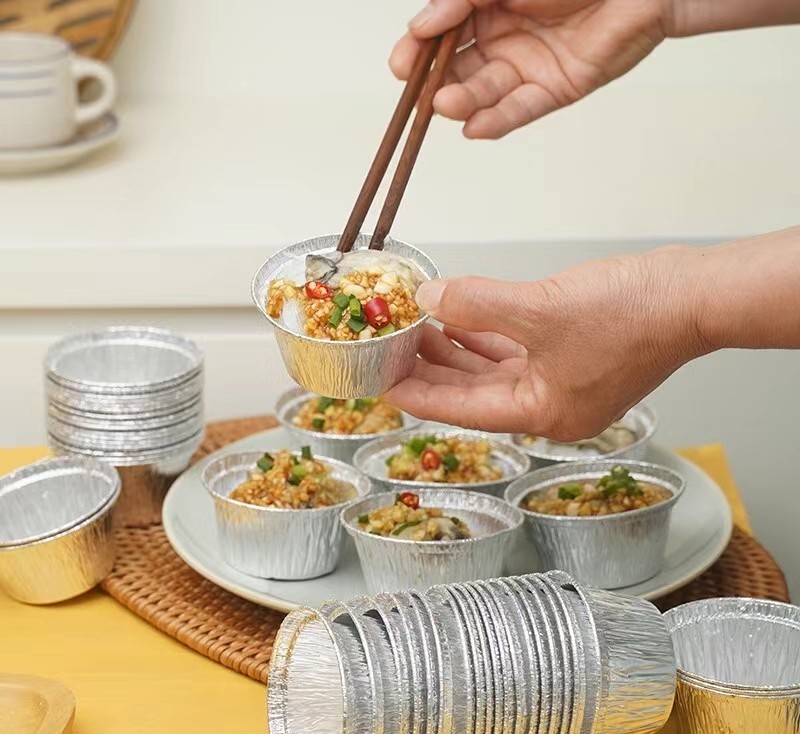
Navigating the Foil Frontier: Your Comprehensive Itinerary
The Science of Shine: Understanding What Makes Aluminum Foil a Kitchen Superstar. A Culinary Chameleon: The Myriad Uses of Aluminum Foil in Kitchen Operations.The Art of Envelopment: Mastering Food Wrapping Foil Techniques.Conquering High Heat: Aluminum Foil for Baking , Grilling, and Roasting.Preservation Perfection: Effective Strategies for Storing Food with Foil Roll .
Decoding the Options: Choosing the Best Foil for Cooking and Other Needs.Standard vs. Heavy-Duty Aluminum Foil Roll : Identifying the Right Strength.The Non-Negotiable Standard: The Importance of Food Grade Foil Roll .Specialty Foils: Non-Stick, Pre-Cut, and Beyond.
Safety Unwrapped: Critical Guidelines for Responsible Foil Usage. The Acid Test Revisited: Foods and Foil – A Cautious Partnership. The Microwave Misconception: An Absolute No-Go Zone. Heat Limits and Safe Handling Practices.
Beyond the Kitchen: Unexpected and Ingenious Applications. The Sustainable Sheen: Responsible Use and Recycling of Aluminum Foil. Your Questions Answered: A Deep Dive into Foil FAQs. The Final Cut: Maximizing the Value of Your Aluminum Foil Roll.
1. The Science of Shine: Understanding What Makes Aluminum Foil a Kitchen Superstar
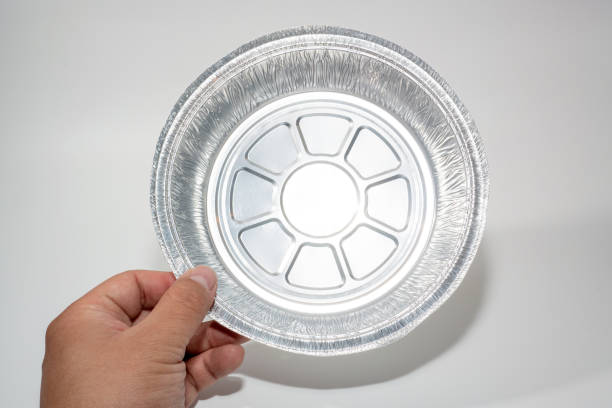
Light: Preventing a_light-sensitive_ vitamins and flavors from degrading.Oxygen: Limiting oxidation, which causes food spoilage and staling.Moisture: Locking in moisture to keep foods tender and juicy, or preventing external moisture from making crisp foods soggy.Odors and Microorganisms: Providing a barrier against a_cross-contamination_ of smells and the ingress of many common airborne bacteria.
An Expert's Take on Foil's Fundamental Qualities: "The genius of aluminum foil lies in its trifecta of properties: superior thermal conductivity for even cooking, exceptional malleability for versatile shaping, and its robust barrier qualities that protect and preserve. Few materials can boast such a synergistic combination for culinary use." - Dr. Eleanor Vance, Material Scientist.
2. A Culinary Chameleon: The Myriad Uses of Aluminum Foil in Kitchen Operations
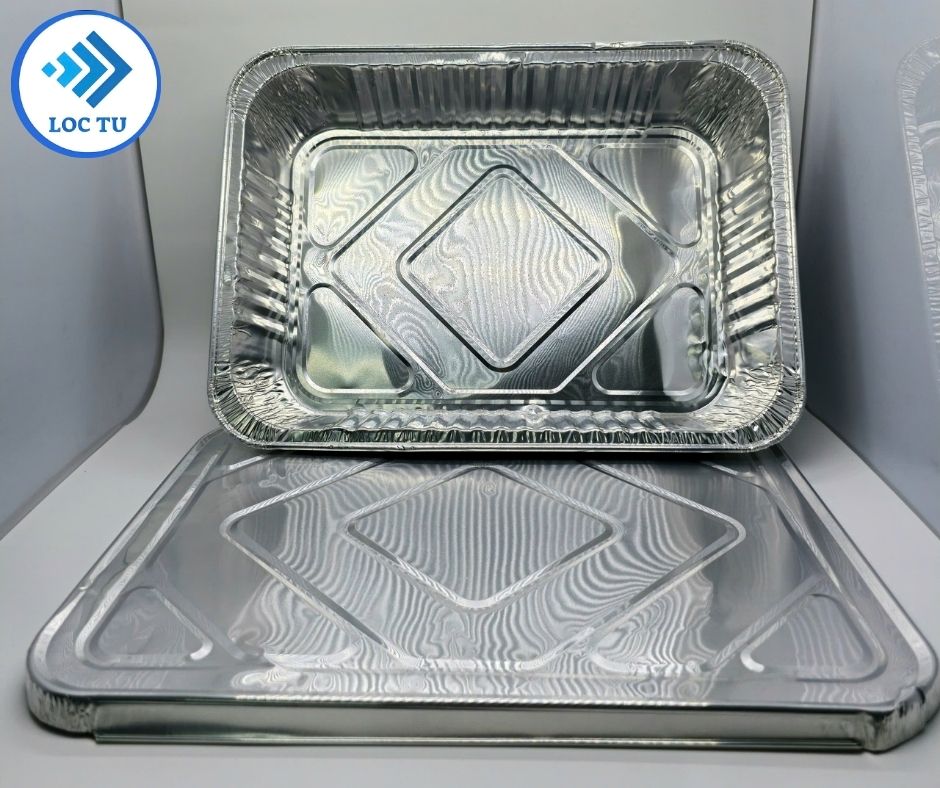
2.1. The Art of Envelopment: Mastering Food Wrapping Foil Techniques
Tight Seals for Freshness: When wrapping leftovers or individual portions, ensure a snug, airtight seal by folding and crimping the edges securely. This minimizes air exposure and locks in moisture and flavor.Creating Packets (En Papillote): This classic technique involves sealing food (often fish or chicken with vegetables and aromatics) in a foil packet before baking or grilling. The food steams in its own juices, resulting in incredibly moist and flavorful dishes. Theuses of aluminum foil in kitchen for this method are a game-changer for healthy, one-pan meals.Lining Pans and Sheets: A simple layer of foil on a baking sheet or roasting pan can save immense cleanup time. It catches drips and splatters, and once cooled, can often be carefully removed and discarded, leaving the pan relatively clean. This is especially useful for sticky glazes or high-fat foods.
2.2. Conquering High Heat: Aluminum Foil for Baking, Grilling, and Roasting
The Art of Tent-Making in Baking: When the crust of a pie or the skin of a roasting chicken is browning too quickly, a loosely formed "tent" ofaluminum foil for baking placed over the top can shield it from direct heat, allowing the interior to cook through without the exterior burning. This simple trick ensures a perfectly golden, not charred, result.Grill-Side Companion: Foil for grilling and roasting on a barbecue is a must.Protecting delicate items: Wrap fish fillets, shrimp, or chopped vegetables in foil to prevent them from falling through the grates and to ensure gentle, even cooking.Makeshift smoker packets: Enclose soaked wood chips in a foil pouch, poke a few holes, and place it on the coals or a gas grill burner to add a delicious smoky flavor to your food.Lining the grill's drip pan: Simplifies cleanup of greasy drippings.
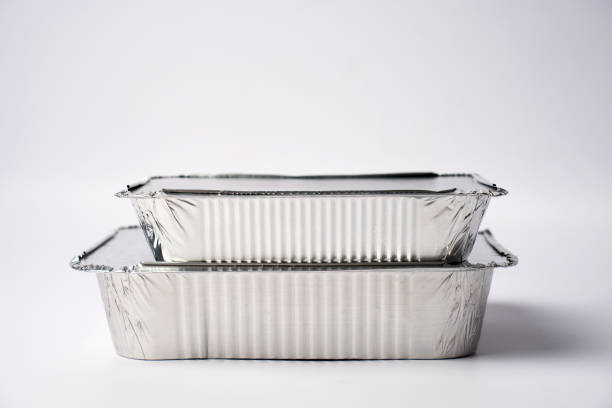
2.3. Preservation Perfection: Effective Strategies for Storing Food with Foil Roll
Short-Term Refrigeration: For irregularly shaped items or to cover bowls without matching lids, foil provides a quick and effective seal.Freezer Armor: Whenstoring food with foil roll in the freezer, a tight, double wrap (or foil over plastic wrap) is recommended to prevent freezer burn and maintain quality for longer periods. This is particularly effective for meats and baked goods.Maintaining Crispness (or Softness): Loosely wrapping crispy items can help maintain some texture, while a tighter wrap on soft baked goods helps retain moisture.
2.4. Table: Key Benefits of Aluminum Foil in Different Kitchen Scenarios
3. Decoding the Options: Choosing the Best Foil for Cooking and Other Needs
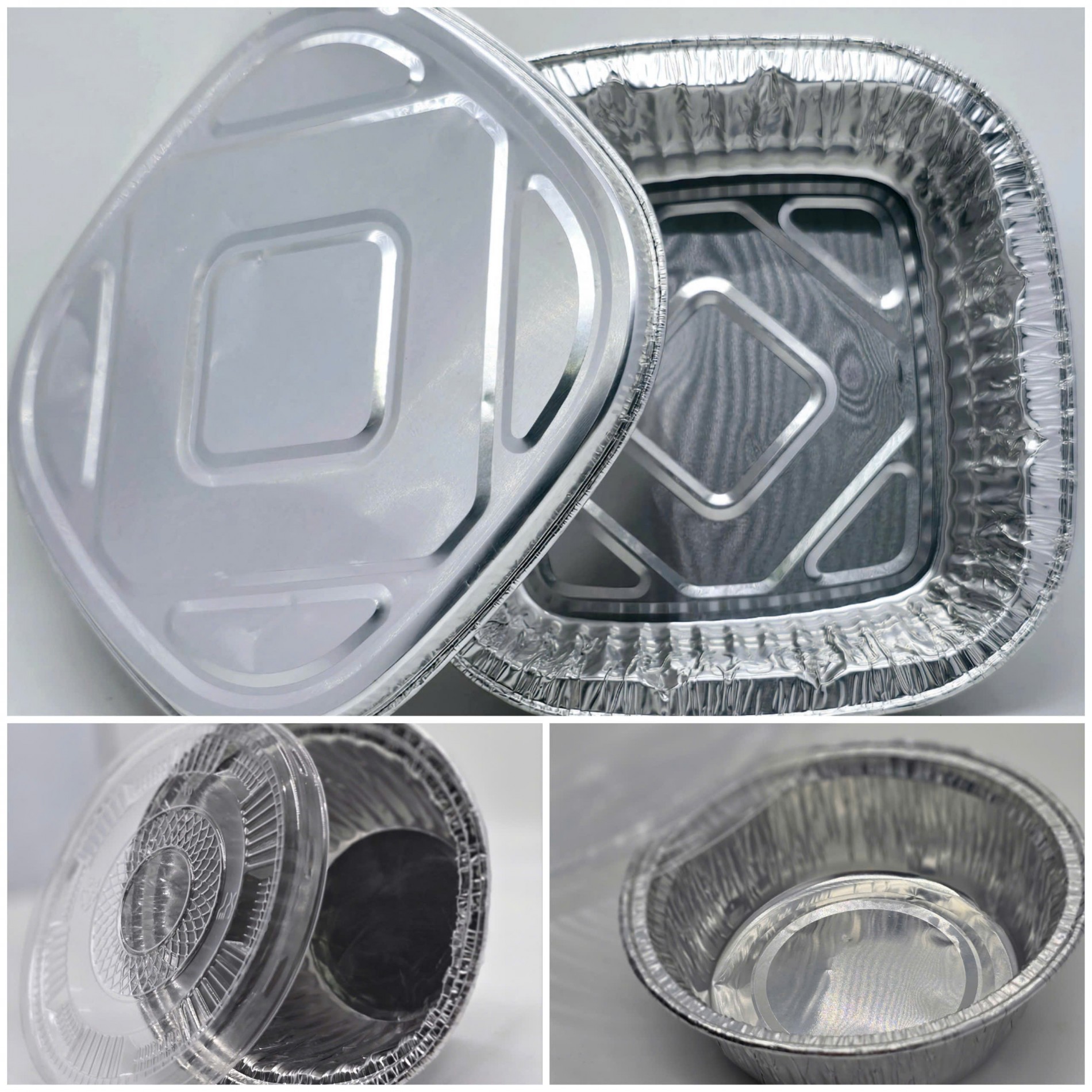
3.1. Standard vs. Heavy-Duty Aluminum Foil Roll: Identifying the Right Strength
Standard Aluminum Foil: This is the thinner, more economical option. It's perfectly suitable for general wrapping, covering dishes, and light-duty tasks where high tear resistance isn't paramount.Heavy-Duty Aluminum Foil Roll: Significantly thicker and more robust, this type offers superior strength and durability. It is the preferred choice for:Grilling and BBQ, as it's less prone to puncturing or tearing over direct heat. Lining pans for heavy roasts or very messy dishes. Creating sturdy, reliable foil packets for cooking. Wrapping items for long-term freezer storage, offering better protection. Tasks requiring a more rigid structure, like makeshift containers.
3.2. The Non-Negotiable Standard: The Importance of Food Grade Foil Roll
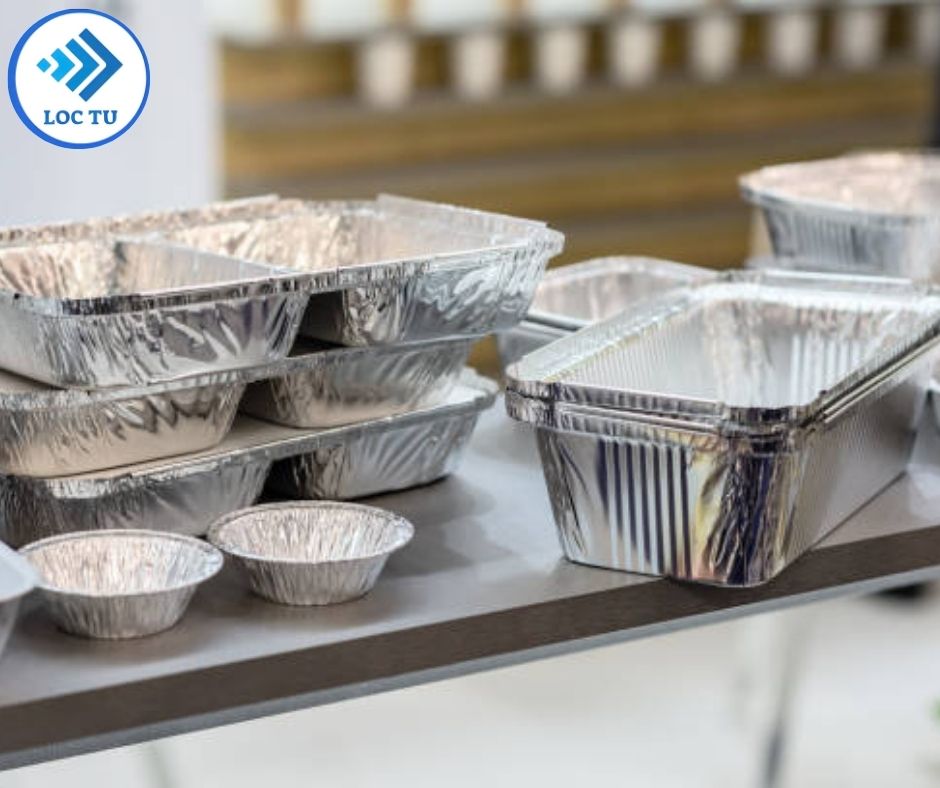
3.3. Specialty Foils: Non-Stick, Pre-Cut, and Beyond
Non-Stick Foil: One side is coated with a food-safe non-stick layer, ideal for baking sticky items or grilling delicate foods without the need for additional greasing.Pre-Cut Foil Sheets: Offer convenience for tasks like wrapping sandwiches or individual portions, eliminating the need to tear from a roll.Colored or Patterned Foils: Primarily for aesthetic purposes, often used for wrapping gifts or festive food presentations. Ensure they are still food grade if used with edibles.
4. Safety Unwrapped: Critical Guidelines for Responsible Foil Usage
4.1. The Acid Test Revisited: Foods and Foil – A Cautious Partnership
Tomatoes, tomato sauces, and other tomato-based products. Vinegar, lemon juice, lime juice, and other citrus juices or marinades with high acid content. Highly salted foods or brines.
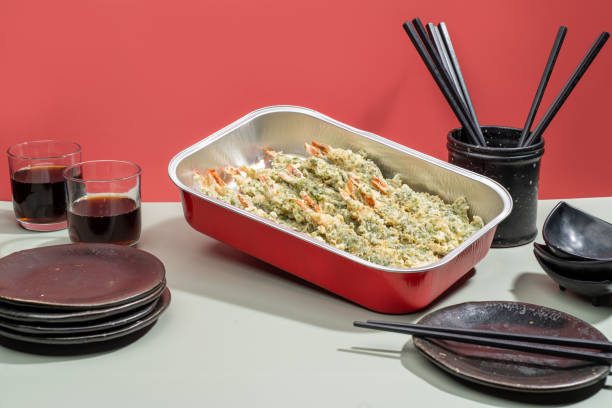
Safety Information Box: Topic: Aluminum Foil and Acidic/Salty Foods.Key Point: Minimizeprolonged direct contact . Short cooking times (e.g., fish with lemon grilled in foil) are generally acceptable.Recommendation: For long-term storage or cooking of highly acidic/salty items, consider alternative materials like glass or stainless steel.Rationale: Prevents potential aluminum leaching and taste alteration.
4.2. The Microwave Misconception: An Absolute No-Go Zone
4.3. Heat Limits and Safe Handling Practices
Aluminum foil is designed to withstand typical oven and grill temperatures. However, avoid direct contact with open flames or heating elements, as this can cause the foil to melt or burn. Always use oven mitts or tongs when handling hot foil packets or foil-lined pans, as aluminum conducts heat بسیار efficiently and can become extremely hot. When opening foil packets, do so carefully to avoid steam burns. Open away from your face.
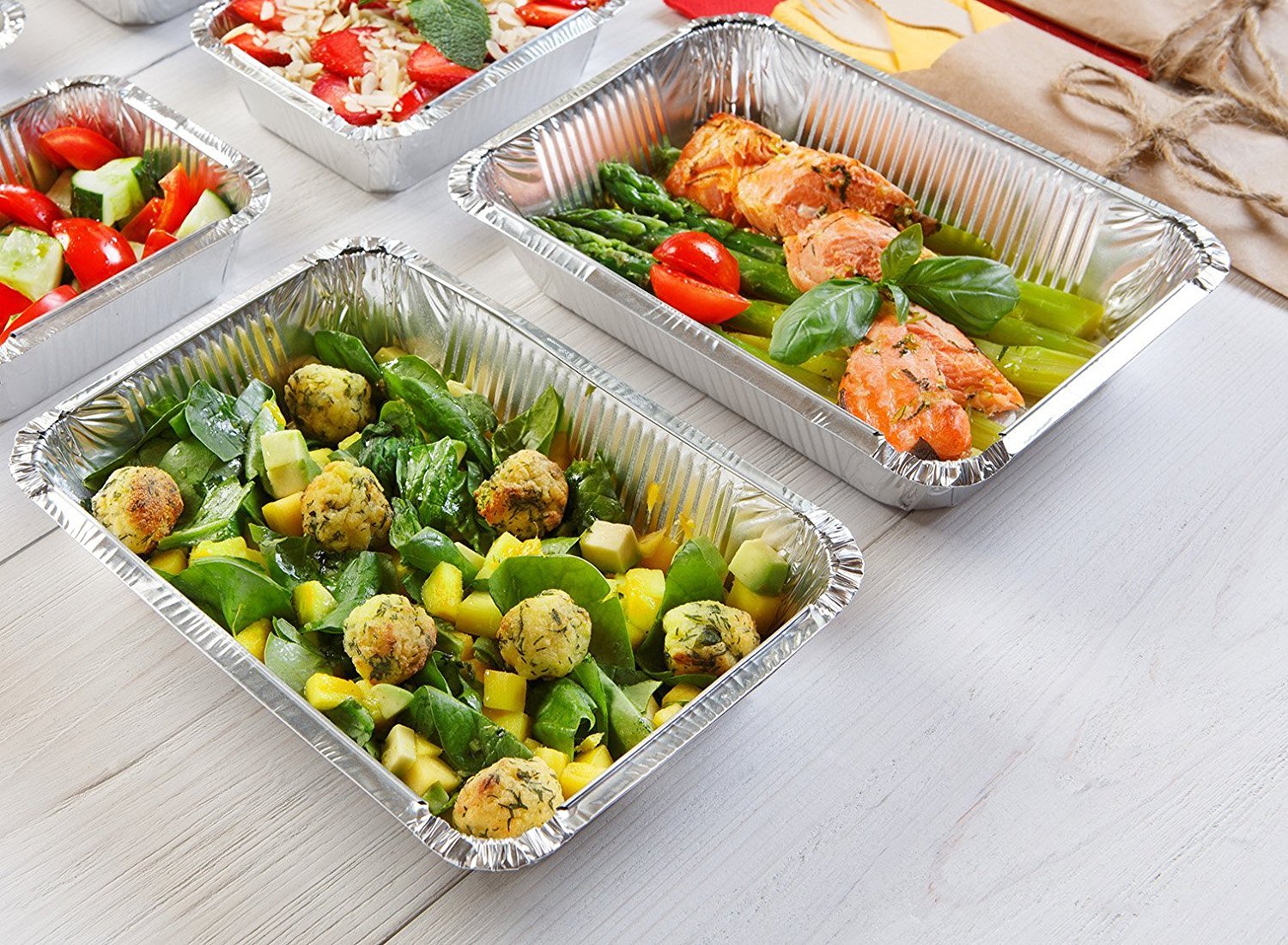
5. Beyond the Kitchen: Unexpected and Ingenious Applications
Sharpening Scissors or Garden Shears: Fold a piece of foil several times to create a thick strip, then make multiple cuts through it with dull scissors or shears.Scrubbing Stubborn Grime: A crumpled ball of foil can serve as an effective (though abrasive) scrubber for tough, burnt-on food on sturdy pots and pans (avoid on non-stick or delicate surfaces). It can also be used to clean grill grates.Protecting Surfaces During Painting/Crafts: Use foil to cover doorknobs, light switches, or small areas when painting or doing messy crafts.Makeshift Funnel: Easily shape foil into a cone to create an emergency funnel.Keeping Paint Brushes Moist: Tightly wrap a wet paintbrush in foil to prevent it from drying out between painting sessions.
6. The Sustainable Sheen: Responsible Use and Recycling of Aluminum Foil
Reuse When Possible (with caution): If a piece of foil is only lightly soiled (e.g., used to cover a dish and remains clean), it can sometimes be wiped clean and reused for similar, non-critical applications. However, for hygiene reasons, foil that has been in direct contact with raw meats or greasy foods should generally be discarded.Recycling is Key: Aluminum is one of the most recyclable materials on the planet. It can be recycled indefinitely without losing its quality.Clean it: Before recycling, try to remove as much food residue as possible. A quick rinse is often sufficient. Heavily soiled foil may not be accepted.Crumple it: Crumple used foil into a ball – a ball теннисного мяча the size of a tennis ball or larger is ideal. Small, loose pieces can get lost in the recycling machinery.Check Local Guidelines: Recycling programs vary by municipality. Always check your local council's guidelines to ensure aluminum foil is accepted in your curbside recycling and how it should be prepared.
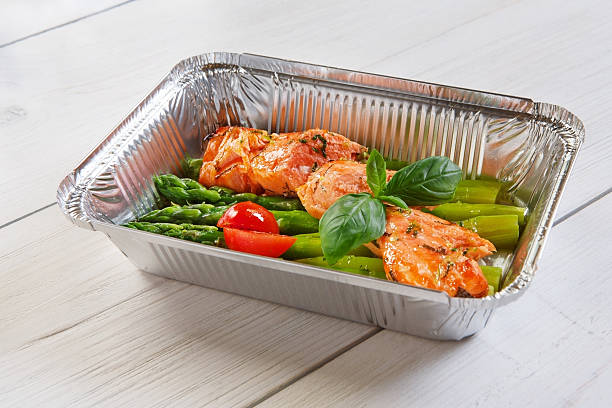
7. Your Questions Answered: A Deep Dive into Foil FAQs
8. The Final Cut: Maximizing the Value of Your Aluminum Foil Roll
Key Takeaways for Mastering Your Foil Roll:
Understand its properties: Heat conduction, malleability, and barrier capabilities are its strengths.
Choose the right type: Standard for general use, heavy-duty for tougher jobs, food-grade always.
Embrace its versatility: From a simplefood wrapping foil to a sophisticated cooking aid.
Prioritize safety: Avoid microwaves (in microwave mode) and be mindful of acidic foods.
Practice sustainability: Reuse when clean and appropriate, and always recycle.
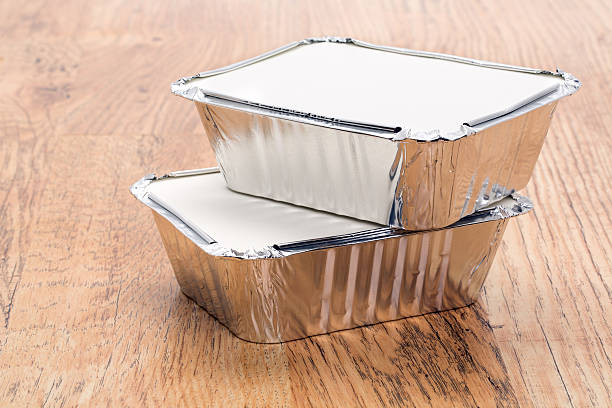
Loc Tu: Pioneering Excellence in Premium Aluminum Packaging Solutions
Why Choose Loc Tu:
✅ Assured Quality & Safety: Crafted from premium, food-grade aluminum, free from harmful impurities, meeting international safety benchmarks.
🔥 Optimal Thermal Properties: Ensures even cooking and excellent heat retention, preserving food temperature and taste effectively.
💪 Durable & Convenient Design: Engineered to resist leaks and dents, providing reliable performance for baking, storage, and transport.
🔄 Versatile Solutions: Our extensive range caters to various applications – from baking and steaming to storing fresh food and takeaway meals.
🌱 Eco-Conscious Packaging: Made from 100% recyclable aluminum, supporting sustainability and reducing plastic waste.
🎯 Brand Enhancement: Optional custom printing available to personalize products and boost your brand visibility.
🚚 Reliable Supply & Delivery: Capable of handling large orders with dependable, on-schedule nationwide shipping.
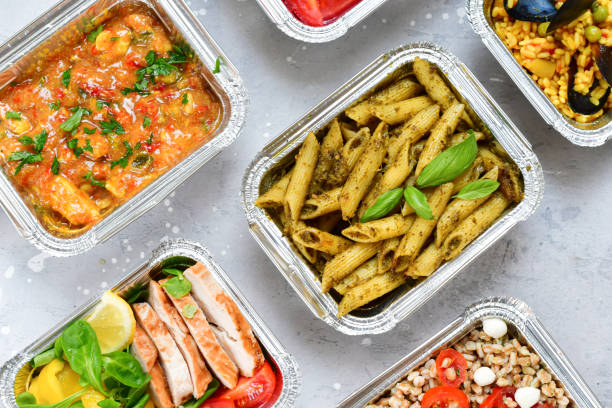
Your Trusted Partner in Food Packaging 📞
📌 LOC TU MANUFACTURING & TRADING CO., LTD
📌 Website: ALUMINUMFOILVN
📌 HOTLINE/ZALO: +84.969.787.309
📌 Facebook: Khay nhom thuc pham
📌 Youtube: Khay nhom thuc pham Loc Tu
📌 Tik Tok: Khay nhom Loc Tu
📌 Shopee: Khay nhom thuc pham Loc Tu
📌 Telegram: Khay Nhom Thuc Pham Loc Tu
📌 Whatsapp: +84.969.787.309
📌 Branch 1 (Hanoi): No. 1 Pham Tu, Beasky Building, Dai Kim Ward, Hoang Mai District, Hanoi
📌 Branch 2 (Binh Duong): No. 68, DX 051 Street, Group 17, Quarter 4, Phu My Ward, Thu Dau Mot City, Binh Duong Province
📞 Contact us today for expert consultation and the best pricing on premium aluminum trays, foil, and food packaging solutions! 🚀
LOC TU PRODUCTION AND TRADING COMPANY LIMITED
Branch 1 (Binh Duong): No. 68, DX 051 Street, Group 17, Quarter 4, Phu My Ward, Thu Dau Mot City.
Branch 2 (Hanoi): No. 1 Pham Tu, Beasky Building, Dai Kim Ward, Hoang Mai District.
Hotline/Zalo: +84.969787309
Website: Khaynhomthucpham.com
Email: [email protected]